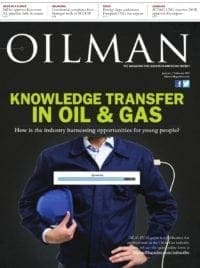The Railroad Commission of Texas (RRC) has adopted disposal well rule amendments designed to address disposal well operations in areas of historical or future seismic activity. Disposal wells are permitted by the RRC to dispose of non- hazardous produced water and hydraulic fracture flowback fluid from oil and gas wells.
“These disposal rule amendments represent the fourth significant rule amendments over the last three years,” Commissioner Barry Smitherman said in an Oct. 28, 2014, statement. “Our first in the nation hydraulic fracturing chemical disclosure rule, our water recycling rules, our rule amendments relating to well integrity and construction requirements, and now this seismic-related rule, maintain the [RRC’s] commitment to best practices for the industries we oversee.”
The main components of the adopted rule amendments are:
- Requiring applicants for new disposal wells to conduct a search of the U.S. Geological Survey seismic database for historical earthquakes within a circular area of 100 square miles around a proposed, new disposal well
- Clarifying the RRC staff authority to modify, suspend or terminate a disposal well permit, including modifying disposal volumes and pressures or shutting in a well if scientific data indicates a disposal well is likely to be or determined to be contributing to seismic activity
- Allowing RRC staff to require operators to disclose the current annually reported volumes and pressures on a more frequent basis if staff determines a need for this information
- Allowing RRC staff to require an applicant for a disposal well permit to provide additional information, including pressure front boundary calculations, to demonstrate that disposal fluids will remain confined if the well is to be located in an area where conditions exist that may increase the risk that the fluids may not be confined
The amendments became effective on Nov. 17, 2014.




